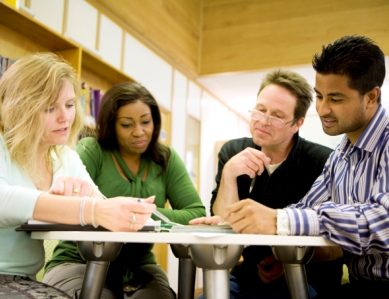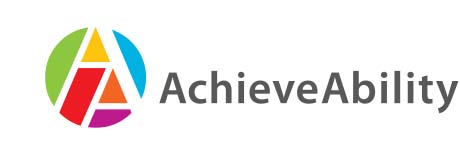Social model of disability
Defining Disability
Many people associate the term disability with very specific groups of people, people in wheelchairs, people who are deaf or people who are blind. However, the true nature of disability is a much more complex issue and one in which our understanding is influenced by a number of factors such as legislation, the culture we live in, educational policy, or individual experience.
Therefore, when we try to define disability we encounter a variety of viewpoints. Currently in the UK, our understanding of disability has been influenced by the Disability Discrimination Act (DDA), which defines a disabled person as someone with:
˜A physical or mental impairment which has a substantial and long-term adverse effect on (his/her) ability to carry out normal day-to-day activities DDA, 1995.
This definition locates disability within an individual, that is, it emphasises the person's impairment and the effects that the impairment has on the individual's abilities. However, the legislation then goes on to map out ways in which people, businesses and organisations have a legal responsibility to ensure that a disabled person is not further hindered by attitudes, services and practices that they provide. This is an important point (i.e. where disability is located) and one that we will explore further as we turn our attention to different ways or models in which disability has been understood in recent times.

Models of Disability
The medical and the social models of disability are two frameworks (amongst others) that provide contrasting ways of thinking about disability.
The medical (or iindividual as it is sometimes referred to) model focuses on the individual's medical condition and locates disability within the person. So, for example, we can say that the definition mentioned above from the DDA fits into a medical model as it makes reference to the individual's inability to carry out certain activities due to physical or mental limitations.
This model assumes that with medical treatment or intervention the individual can be helped to overcome their limitations. It often results in the perception of disabled people as dependent, deserving of pity and/or praise for overcoming their difficulties.
In contrast, the social model shifts the emphasis from personal inadequacy or abnormality to physical and societal (legal, cultural, and attitudinal) barriers experienced by a person with impairment. These barriers are viewed as disabling the person and are external to the individual. This viewpoint shifts the focus onto the rights of disabled people and the requirement for society to change.
The DDA definition is unusual in that it defines disability as being within the individual but then quite clearly places a legal responsibility on the reduction of external barriers
The social model in organisations:
Although many organisations state that they support and follow the social model it is not always easy to change people's attitudes or work practices. It is often easier and more rewarding for a member of staff to help an individual (a medical model approach) rather than spend time changing the system (a social model approach).
Source: Action on Access, Rough Guide to Disability for Widening Participation Practitioners.
The Social Model of Disability
The Social Model of Disability makes the important distinction between 'impairment' and 'disability'.
The social model has been worked out by disabled people who believe that the individual model does not provide an adequate explanation for their exclusion from mainstream society - because their experiences have shown them that in reality most of their problems are not caused by their impairments, but by the way society is organised.
So, in a Social Model of Disability the key definitions are:
Impairment: An injury, illness, or congenital condition that causes or is likely to cause a long term effect on physical appearance and / or limitation of function within the individual that differs from the commonplace.
Disability: The loss or limitation of opportunities to take part in society on an equal level with others due to social and environmental barriers. Disability is shown as being caused by ˜barriers˜ or elements of social organisation which take no or little account of people who have impairments.
Society is shown to disable people who have impairments because the way it has been set up prevents disabled people from taking part in every day life. It follows that if disabled people are to be able to join in mainstream society, the way society is organised must be changed. Removing the barriers which exclude (disable) people who have impairments can bring about this change. Acknowledgements to Manchester City Council for the above definition
A different way of looking at ourselves
The social model of disability enables disabled people to look at themselves in a more positive way which increases their self-esteem and independence.
Disabled people often feel a loss, for all the things they would like to do, but cannot; a loss of goals and dreams that seem unobtainable. Disabled people often feel they are a burden on family and friends, and a problem for doctors who cannot cure them.
This traditional view of disability is called the Medical Model of Disability, because it sees people as medical problems. As a result disabled people are expected to see their impairment as their problem, something they will have to make the best of and accept that there are many things they cannot do.
The social model of disability starts from a different perspective. It ignores how bad a person's impairment is. Instead it establishes that everyone is equal and demonstrates that it is society which erects barriers that prevent disabled people participating and restricts their opportunities.
How does the social model of disability work?
The social model looks beyond a person's impairment at all the relevant factors that affect their ability to be a full and equal participant in society.
Source: Southampton Centre for Independent Living.
